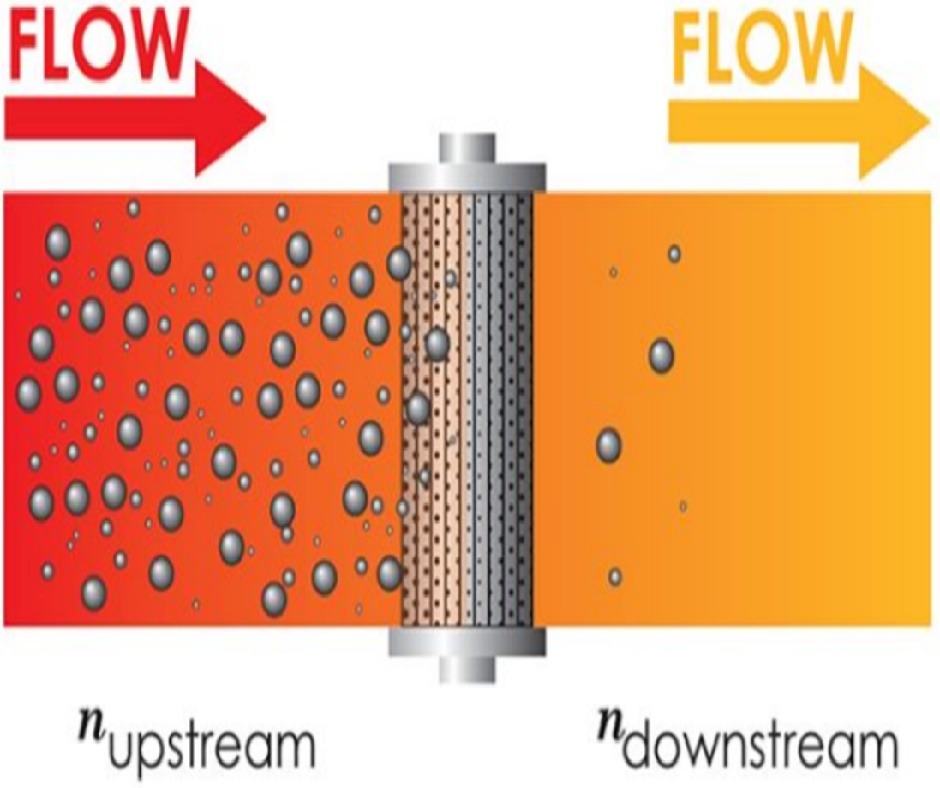
Similarly, if a 10 micron filter has 2,00,000 particles downstream, instead of 20,000, the 𝛃 Ratio would be 90%, a substantial difference from 99% in the illustrated example. The Table Below (by Machinery Lubrication) is a simple illustration of the 𝛃 Ratios and Their associated Efficiencies.

Leave a Reply
Latest Posts
Documents Required for Smart Function Notation
Impact of obtaining SMART Notations on Vessel Classification
How Smart Function Improved Operational Performance?
Neptunus Power Plant Services Pvt. Ltd.
India
Neptunus Main Office
A 554/555, TTC Industrial Area,
MIDC Mahape, Navi Mumbai,
Maharashtra 400710, India.
UAE
Neptunus Global Trading (NGT)
Ras Al Khaimah Economic Zone,
RAKEZ Al Mamourah Street,
Ras Al-Khaimah, UAE.
France
dataVIB Impédance
80 Dom. de Montvoisin,
91400 Gometz-la-Ville,
France.